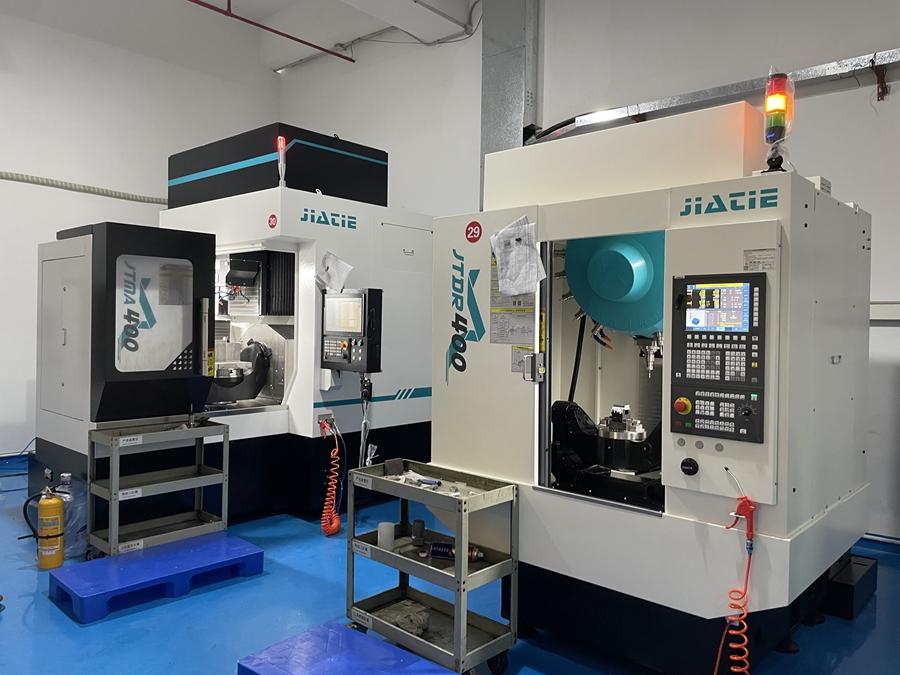在型芯加工中, 表面质量评估可以通过各种方法实现. Precision measuring equipment such as shape measuring instruments and surface roughness meters can be used to inspect the machined surface. These devices can provide key surface parameters such as average roughness, peak valley spacing, and surface shape deviation. The microstructure of the processed surface can be observed under a microscope to understand the defects and imperfections it contains. Optical microscopes can also be used for macroscopic observation of the processed surface to evaluate its overall appearance and smoothness.
Some technical measures can be taken to improve the surface quality problems in the processing of core walking machines. The surface quality during the machining process can be controlled by optimizing the tool path and machining parameters. Reasonable tool paths and appropriate cutting speeds can effectively reduce surface roughness and shape deviation, and improve the quality of machined surfaces. You can choose the appropriate tool type and material, as well as optimize the geometric parameters of the tool edge. These factors will directly affect the quality and smoothness of the processed surface. Surface treatment techniques such as polishing, sandblasting, and electrolytic polishing can also be used to perform secondary treatment on the machined surface, further improving its quality.
It should be noted that the surface quality evaluation and improvement techniques in core machining require comprehensive consideration of multiple factors. 例如, the hardness and toughness of materials, the selection of cutting fluids, and the control of machining environments all have an impact on surface quality. 因此, in practical applications, comprehensive consideration should be given to specific situations and comprehensive measures should be taken to improve the quality of the machined surface of the core walking machine.
型芯加工中的表面质量评估和改进技术
上一篇: 哪些类型的产品适合用切屑机加工?
下一篇: 数控车床加工端面圆弧的方法
 CNC 五轴加工, 精密 CNC 加工, 车床加工, 车削和铣削加工, 铣削五轴加工
CNC 五轴加工, 精密 CNC 加工, 车床加工, 车削和铣削加工, 铣削五轴加工


